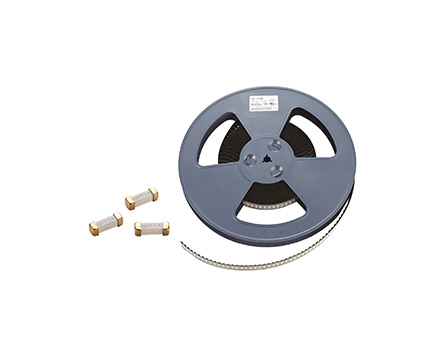
According to different usage requirements, fuse tubes can be divided into two types in structure: lead-free fuse tubes and lead-welded fuse tubes. As shown in the figure, lead-free fuse tubes usually need to be used in conjunction with corresponding fuse holders for easy replacement; Lead soldered fuse tubes can be directly soldered onto printed circuit boards or other circuit components, reducing the spatial position of the circuit.
The fuse tube can be divided into a glass shell and a hard shell. According to the different melting times, it can be further divided into ordinary fuse tubes, fast melting fuse tubes, and delayed melting fuse tubes. The fusing time of ordinary fuse tubes is relatively slow, but they are inexpensive and can be applied to overcurrent protection circuits with generally low requirements.
The biggest characteristic of fast fuse tubes is their short fusing time, which is suitable for situations that require quick circuit disconnection. The delayed fuse tube can withstand the impact of high current for a short time and can only reliably fuse after the current overload exceeds a certain time limit. Its characteristic determines its main application in situations with high instantaneous current during startup, and the instantaneous current it can withstand is 5-7 times the normal rated current.
The structural design of the fuse tube is designed around circuit overload protection and does not affect the normal operation of the circuit. The fuse tube is suitable for various special circuits.
Read recommendations:
heater for small room with thermostat
What is the appropriate purchase price for self restoring fuses?smd fuse size chart